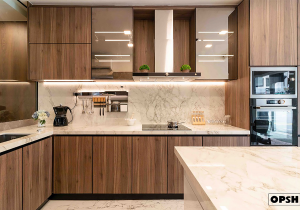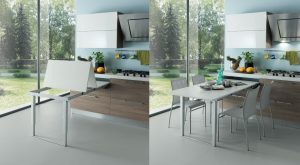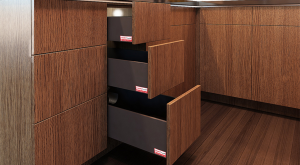Featured Post
The Ultimate Guide to Choosing Furniture for Small Spaces
Overview
Living in a small space doesn’t mean you have to sacrifice style or functionality. In fact, with the right furniture choices, you can transform even the tiniest of rooms into a cozy, efficient, and aesthetically pleasing haven. This guide will walk you through everything you need to know about selecting furniture for small spaces, from maximizing every inch to choosing pieces that serve multiple purposes. Whether you’re furnishing a compact apartment, a cozy studio, or just looking to make a small room feel bigger, these tips will help you make the most of your space.
Maximizing Space: The Key to Small Space Living
When it comes to small spaces, every square foot counts. The first step in choosing furniture is to think about how you can maximize the available space. One of the best ways to do this is by selecting furniture that serves multiple purposes. For example, a sofa bed can provide seating during the day and a comfortable place to sleep at night. Similarly, an ottoman with built-in storage can double as a coffee table and a place to stash blankets or books.
Another important consideration is vertical space. In small rooms, it’s easy to focus on floor space, but don’t forget about the walls! Tall bookshelves, wall-mounted desks, and hanging shelves can help you make the most of your vertical real estate. These pieces not only provide additional storage but also draw the eye upward, making the room feel larger.
According to a study by the University of California, Berkeley, utilizing vertical space can increase the perceived size of a room by up to 20%. This is a simple yet effective way to make your small space feel more open and airy.
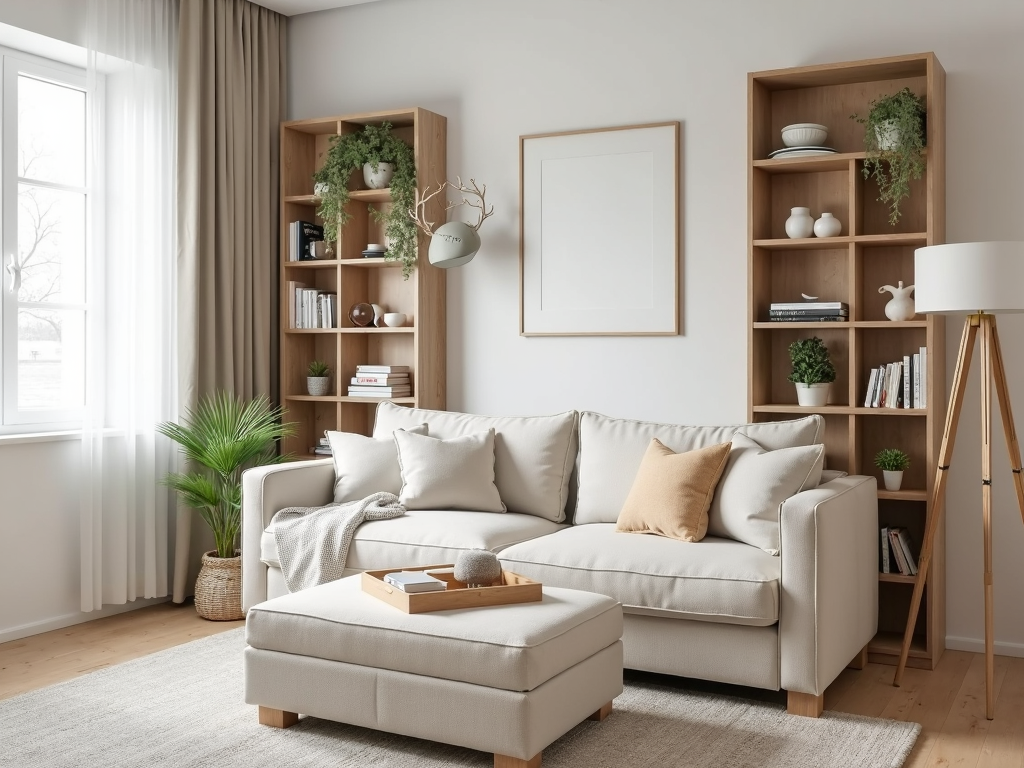
Choosing the Right Furniture: Size, Scale, and Style
When selecting furniture for a small space, size and scale are crucial. Before you buy anything, measure your space carefully. Make sure to account for doorways, windows, and any other architectural features that might affect furniture placement. It’s also important to consider the scale of the furniture in relation to the room. Oversized pieces can overwhelm a small space, while furniture that’s too small can make the room feel disjointed.
Opt for furniture with clean lines and simple designs. These pieces tend to blend into the background, creating a sense of openness. Avoid bulky furniture with heavy ornamentation, as it can make the room feel cluttered. Instead, choose pieces that are sleek and streamlined.
One often overlooked piece of furniture that can be a game-changer in small spaces is the sideboard. A sideboard is a versatile piece that can serve as a buffet in the dining room, a media console in the living room, or even a dresser in the bedroom. Its slim profile makes it ideal for small spaces, and it often comes with plenty of storage to help keep your space organized.
For more ideas on how to incorporate sideboards into your home, check out this guide from the Furniture Design Institute.
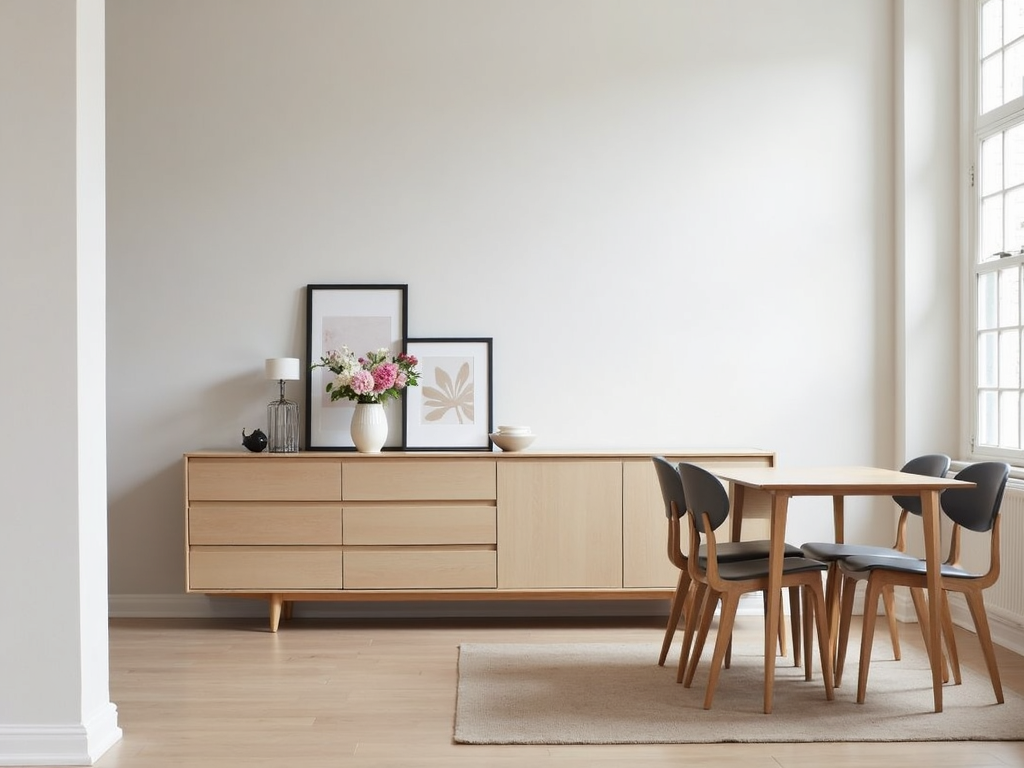
Unique Sidebar Furniture Designs for Entryways
The entryway is often the smallest and most overlooked space in a home, but it’s also the first impression guests have of your space. Choosing the right furniture for your entryway can make a big difference in both functionality and style. Unique sidebar furniture designs, such as narrow console tables or floating shelves, can provide a place to drop keys, store shoes, or display decor without taking up too much space.
Consider a console table with a slim profile and built-in storage. This can serve as a catch-all for everyday items while also adding a decorative touch to your entryway. If you’re really tight on space, a wall-mounted shelf or a small bench with storage underneath can be a great alternative.
Personal anecdote: When I first moved into my studio apartment, I struggled with how to make my entryway functional without it feeling cramped. I ended up choosing a narrow console table with a drawer for keys and mail, and a small basket underneath for shoes. It was a simple solution, but it made a world of difference in keeping the space organized and welcoming.
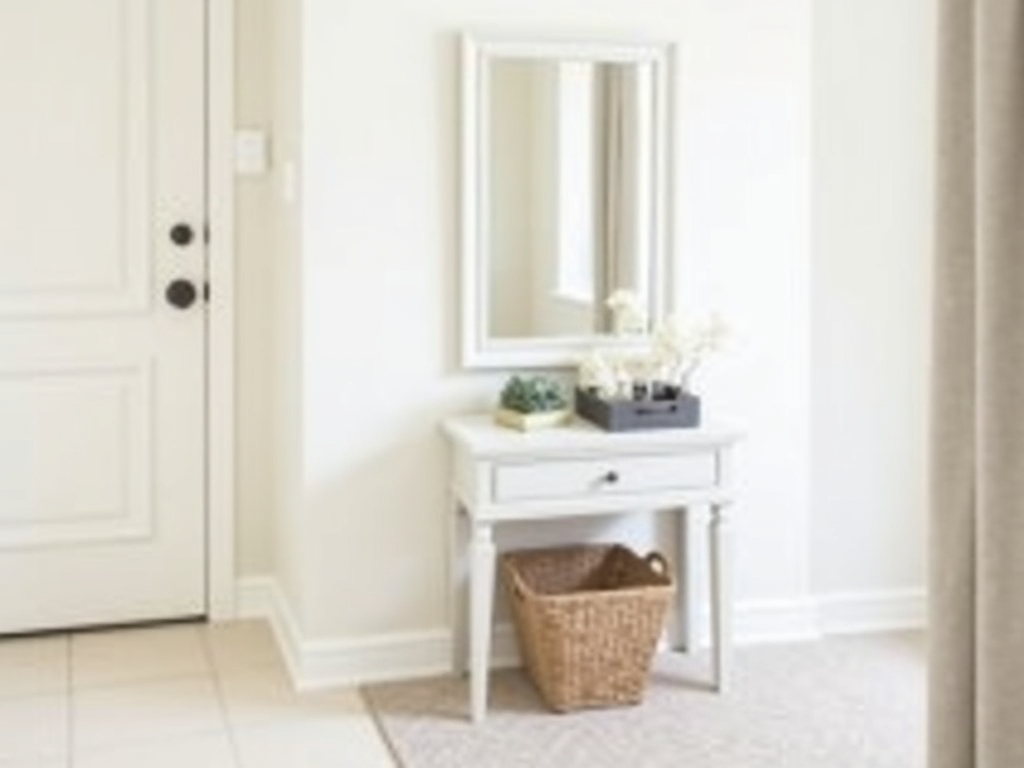
Design Tips for Small Spaces
Designing a small space can be challenging, but with a few simple tricks, you can make your room feel larger and more inviting. Here are some of my favorite design tips for small spaces:
- Use light colors: Light colors, especially on walls and large furniture pieces, can make a room feel more open and airy. Consider using a neutral color palette with pops of color in your decor for a balanced look.
- Incorporate mirrors: Mirrors are a small space’s best friend. They reflect light and create the illusion of more space. Try placing a large mirror on one wall or using mirrored furniture for a similar effect.
- Declutter regularly: Clutter can make even the largest rooms feel small. Make it a habit to declutter regularly and keep only the items you truly need or love. This will help your space feel more open and organized.
- Choose furniture with legs: Furniture with legs, rather than pieces that sit directly on the floor, can create a sense of openness by allowing light to pass underneath. This can make the room feel less crowded.
For more design inspiration, check out this article from the Interior Design Society. They offer great advice on how to make small spaces feel larger and more functional.

Summary
Choosing furniture for small spaces requires careful planning and a bit of creativity, but the results are well worth the effort. By focusing on multi-functional pieces, utilizing vertical space, and selecting furniture that fits the scale of your room, you can create a stylish and functional home, no matter how small. Remember to keep your space clutter-free, use light colors, and incorporate mirrors to make your room feel larger. With these tips, you’ll be well on your way to mastering small space living.




